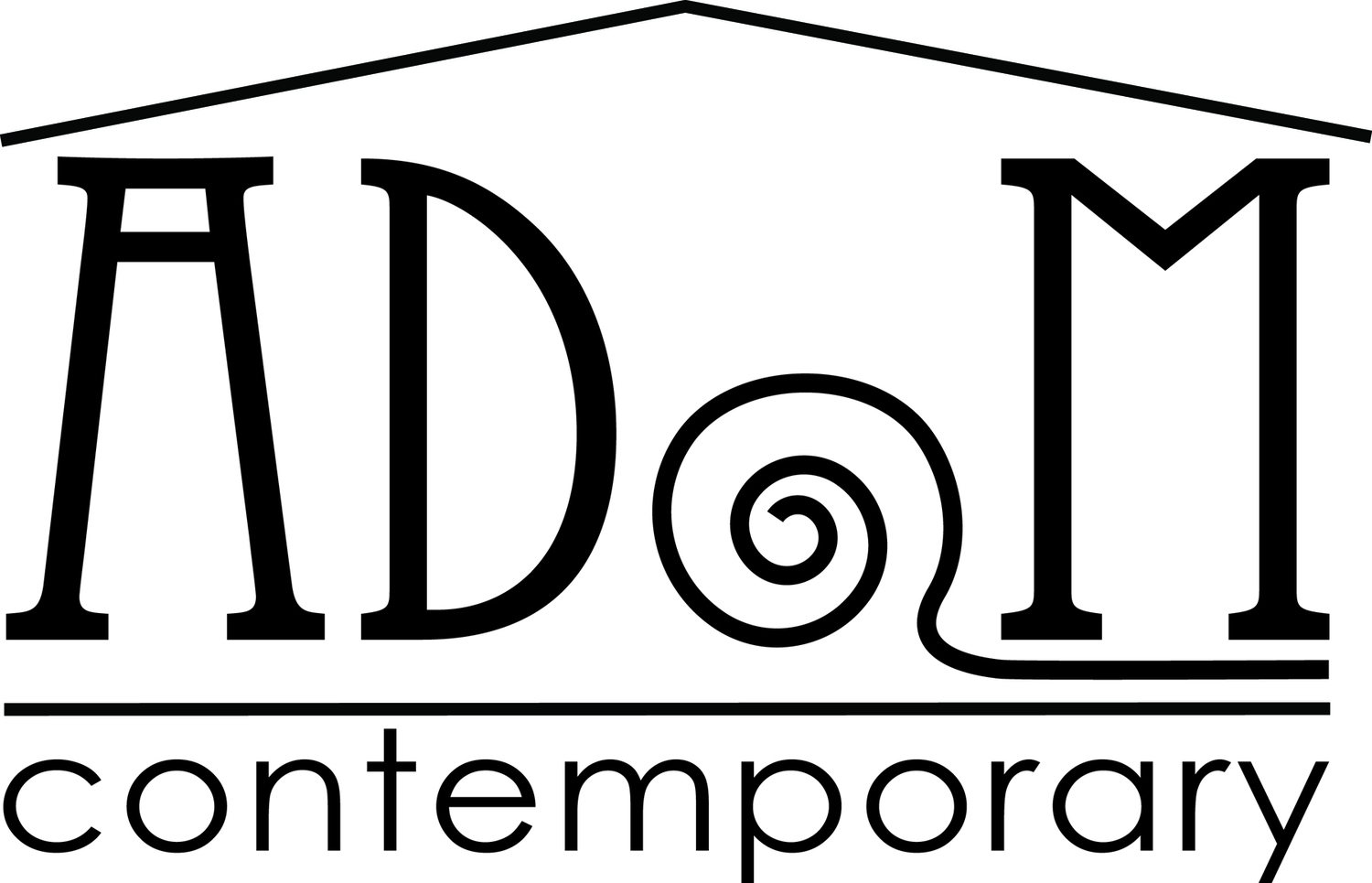The mission of the Contemporary American Dance Museum is to generate, collect, preserve, and offer new perspective through fine art, photography, video/film, and manuscript collections, which capture and parallel the work of contemporary American choreographers. We educate the public by presenting exhibitions of our collections in conjunction with live performances of the new dances they document. Thus, our support of contemporary modern dance in America is intended to widen its funding base by blending its audience with patrons of the visual arts.
The word museum, it is claimed, first referred to the 'temple of the muses,' built by Ptolemy in AD 2 in Alexandria, where performances of music, dance and poetry took place at a site adjoining a library and collection of antiquities. (i)
mu se'um n. a building for an exhibit of art, science, etc. (ii)
A museum is not only a place, but a state of mind. It is about collecting, of perceiving where there is a need, and actively courting those with the material. It is also about housekeeping - preservation, maintenance and security. Finally, it is about sharing this new thing that has been birthed - this collection - with a larger group of interested people, the public. (iii)
By including dance performances and an onsite archive, the Contemporary American Dance Museum will expand the modern, narrow, dictionary definition of the word museum, while retaining its original, broader meaning.
i. B. Robertson, "The Museum and the Democratic Fallacy," Art in America 58 (July - August 1971), quoted in Marie C. Malaro, A Legal Primer on Managing Museum Collections, 2d ed. (Washington, D.C.: Smithsonian Institution Press, 1998), 3-4.
ii. The New American Webster Handy College Dictionary, 1981.
iii. This statement is from an anonymous market survey respondent who is a curator, lecturer, editor, critic, journalist, historian, and teacher of dance history, 2000.
The art of dance has been documented throughout history. Dance has been depicted in primitive aboriginal cave drawings, fine art works like those of the 19th century impressionist Edgar Degas, and of course 20th century photography and film. Having founded The Contemporary American Dance Museum in 2012 I believe that the natural progression of the art of dance and the evolution of its documentation should be in the setting of a museum for the purposes of cultural preservation, education and study.
Choreographer Jonah Bokaer has said, Choreography occurs, it is transmitted, and it disappears, to become dance. Paradoxically, I believe this ephemerality heightens, substantially, if dance occurs in a museum. [1]
Is a museum a proper place for dance and choreography to continue its evolution and future development?
The first museum in Alexandria was an institution of learning, which offered visitors a variety of educational and cultural experience. Known as ‘the ‘temple of the muses,’ it was built by Ptolemy in AD 2 and presented performances of music, dance and poetry at a site adjoining the world’s greatest library and a collection of antiquities. A museum then, in the classical sense, is a place to gather, think, teach, create; to inspire and to be inspired. By comparison most modern museums are archival in nature despite their vast collections and resources.
According to Dr. James Steward, Director of the Princeton University Art Museum, art’s work is to awaken critical thinking, foster creativity, afford critical opportunities for reflection, cultivate empathy, and transcend the local, bringing cultures together.[2] To achieve these goals in the 21st century, museums must undergo a transformation as technology changes the media used by artists. As art media and technology change how we capture images and movement, a new vocabulary and a new lexicon must emerge to describe these new elements of expression.
In an effort to change the language of dance Jonah Bokaer is expanding words such as “slippage” to describe the union of choreographer and artist. In a similar fashion, The Contemporary American Dance Museum is a fusion of the ancient and the modern museum concepts. Its long-term vision is to house a proscenium stage, art galleries, an archive, and dance studios under one roof at a historic site related to the arts with its primary mission focused on multi-focal arts and dance.
The museum of the future should be immersive and interactive just as the first museum was. Museums in general should and must evolve to encompass the classic arts and new media for the purpose of preserving and illuminating existing and newly evolving art forms. The Contemporary American Dance Museum’s founding vision is to pair graphic artists and those of other media in a co-creative process with dancers and choreographers to seek new expressive excellence individually and on a collaborative basis, and in order to preserve the ephemeral art of dance for posterity.
Regarding Degas, 2008 Hand-colored lithograph Helen Frank
Alice Stock Katsigiannis Founder & President, ADaM Tom G. Katsigiannis Advisory Board, ADaM
[1] Bokaer, Jonah. “On Vanishing: Museums, Choreography, and Mythology.” Yale Journal of Law & the Humanities 27, issue 2 (summer 2015): 335-366.
[2] Steward, James. “Museums: Between Preservation and Action.” Lecture, Princeton Club of New York, New York, NY, February 21, 2018.



